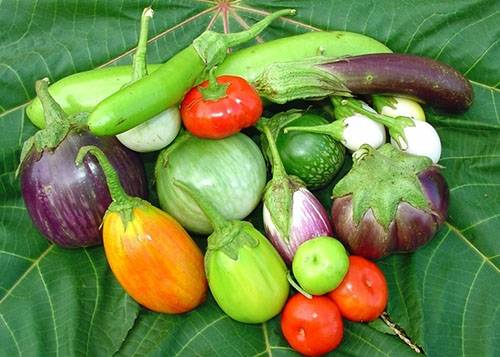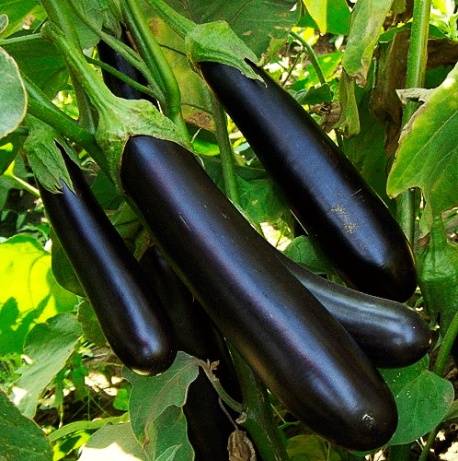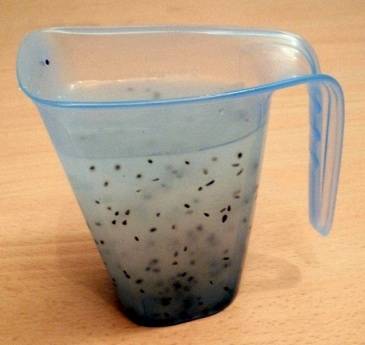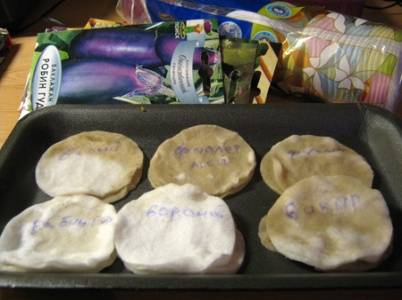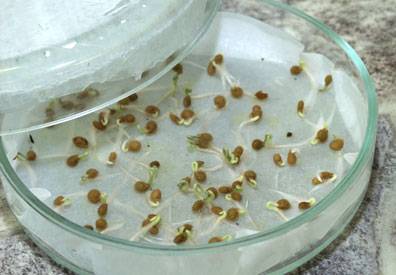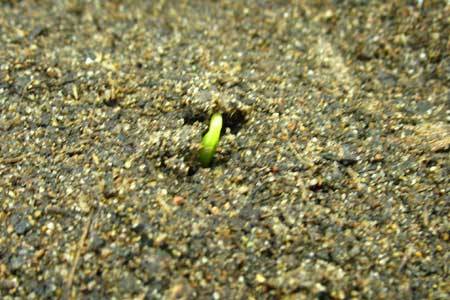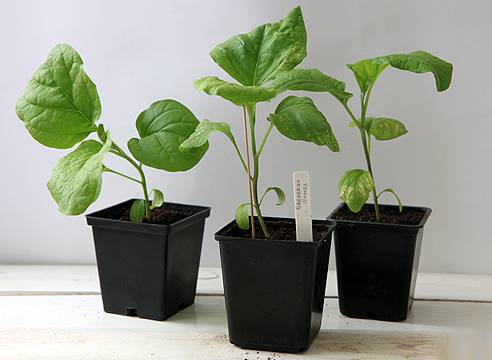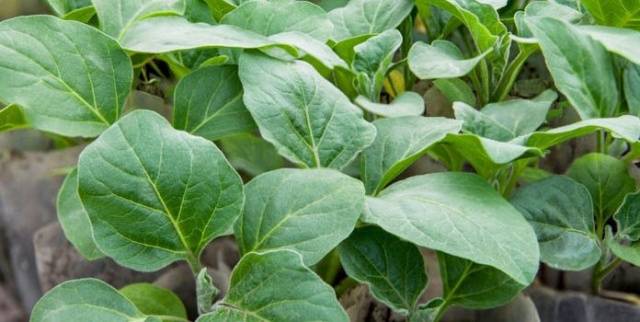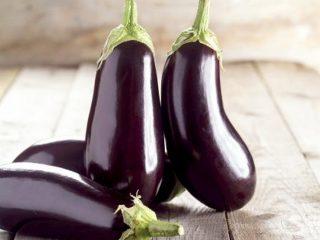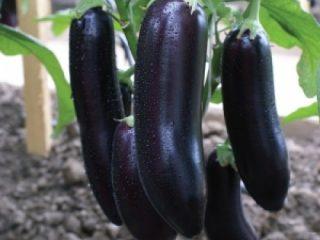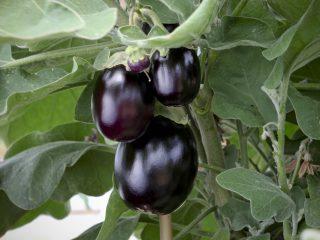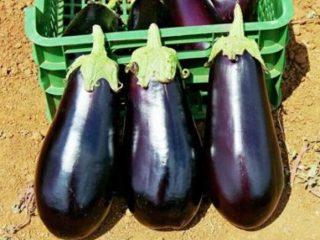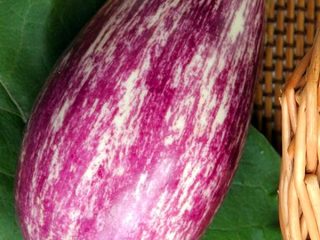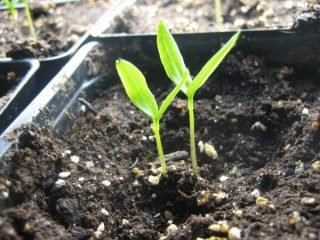Content
Eggplants, or simply blue ones, are difficult to classify as favorites in our gardens. They will certainly give way to cucumbers and, of course, tomatoes. There’s no point in talking about potatoes - they’re the second bread on every table. And it doesn’t matter at all whether it’s a festive table or an ordinary one. But in terms of their taste, eggplants will undoubtedly compete with any dish placed on the table. In this case, only the ability to cook them is important.
Of course, you can’t eat eggplant straight from the plant like a cucumber or tomato. They require additional care when growing, unlike zucchini and onions and garlic. It is believed that eggplants are picky and heat-loving. They need a lot of water, but do not tolerate excessive humidity. Being heat-loving plants, give eggplants almost 4 months of warm, comfortable weather with rich nutrition. They do not tolerate crowding and extraneous additions.
But at the same time, almost all gardeners grow eggplants. They are grown for their abundant harvest, aesthetic beauty of the plant and amazing taste. This article is dedicated to one of the representatives of the nightshade family - the variety "Eggplant Long Purple", or in Russian - "Eggplant Long Purple".
Characteristics of the variety
There are many varieties of eggplant, but “Long Purple” is one of them.The number of eggplant varieties has long exceeded many dozens. And these are no longer the little blue ones, as everyone is used to calling them. But traditionally, in most gardens, the most popular varieties of eggplant are those with a purple color. This is exactly the kind of eggplant that the “Long Violet” variety belongs to.
There is nothing particularly surprising about this variety of eggplant. But its characteristics are so balanced and complete that it is difficult to choose another similar variety:
- compact plant and unlike other varieties, it does not fill the entire surrounding space. The height of the plant is no more than half a meter;
- good early maturity eggplant for central Russia and northern regions of Ukraine. If you correctly distribute the timing of growing seedlings and planting them in open ground, then it is absolutely possible to get the first harvest by the end of June or beginning of July. The manufacturer guarantees the receipt of eggplant fruits after 90 - 105 days. By this time, the plant will have at least 10 eggplants. In total, these fruits in a mature state will exceed a weight of 3 kg. Their average dimensions fall within 300 mm. in length and 50 mm. in diameter. They fit well in the hand when harvesting;
- appearance The fruits of this variety are beyond praise. Eggplants are even in size, dark purple in color, long and slightly glossy;
- the pulp of the fruit is tender and compact with a small number of seeds;
- the yield of the first eggplant harvest is maximum, which allows you to plan procurement activities for a long period;
- taste qualities of the variety They are distinguished by their sophistication and characteristic eggplant aroma. The technological characteristics of the variety are not inferior to the taste indicators;
- This variety of eggplant is great not only for current cooking, but also for canning and pickling.
We’ve chosen a variety – it’s up to the seedlings
Since we have already decided on the variety in this article, then all events with the process of growing eggplants should be attributed only to it. Although there will be no big changes in the technology of growing these different varieties of plants. Ordering the required number of seeds of this variety is quite simple. This includes a significant number of online stores that accept payments from any cards, including WebMoney. There are many specialized kiosks, stands in supermarkets and various markets.
Whether the seeds sold are of good quality is a question for your own practice and forums on specialized sites. But since gardeners and gardeners purchase seeds for a limited number of seedlings, there are often not enough seeds. Even with their poor quality. The main thing when waiting for an order for seeds to be fulfilled is not to miss the deadline for planting them. February, for central Russia, is the starting point, the beginning of gardening activities.
Time to start implementing the eggplant strategy:
- First of all, we select the best quality eggplant seeds from the purchased ones. To do this, you need to prepare a solution of table (ordinary) salt by dissolving 60 g in 5 liters of warm tap water. Then, you need to place all the eggplant seeds there and, stirring, leave in this solution for about 5 minutes. Drain off the floating seeds. Seeds that have settled to the bottom - rinse thoroughly;
- place them for a short time in a medium (red) solution of potassium permanganate.The duration of exposure is 20 or 25 minutes. After this, rinse with clean water and place in a container with a growth stimulator or a solution of microelements. This period will be a little longer - 10 - 12 hours;
- Place the prepared eggplant seeds in a flat tray on wet cosmetic discs and cover them with them. Cover with glass and leave alone for 3 days, at a temperature of 270 – 300;
- During this time, the eggplant seeds should hatch and it will be possible to perform another sorting. Now you can prepare for planting them as seedlings;
Spring and first seedlings
The eggplant seeds have sprouted. It's time to transplant them into prepared soil. There is nothing tricky about the soil itself. The usual planting soil that every gardener prepares in the fall. It consists of a mixture of river sand, good humus and garden, turf soil in a ratio of 1:3:5. Now the process of germinating eggplants in peat pots or plastic 200-gram cups begins:
- You need to make small holes with a pencil, 2-3 cm deep. Place 2-3 seeds in each hole and cover with soil. Cover with a lid or film. Place in a warm place at a temperature of 260 – 280. Shoots should appear in 2 – 3 weeks;
- after this, the temperature should be lowered to avoid stretching the sprouts. During the day it should not be higher than 160, and at night – no more than 130. This regime lasts for 5 days. Turn on the backlight and monitor the soil moisture;
- after 5 days the regime must be changed - maintain 26 during the day0 – 280, and at night not lower than 180;
- As the seedlings grow, weak specimens must be removed, leaving only 1 strong sprout in the pot. As the pot (cup) fills with roots, you need to change it to a larger container. In this case, after transplantation, the seedlings must be shaded for 2-3 days and the temperature slightly reduced;
- After the appearance of the 3rd true leaf, it is time for the first feeding. It can be a complex (ordinary) mineral fertilizer, diluted in accordance with its description;
- The process of nurturing eggplant seedlings continues until mid-May. At this time, it is necessary to raise the lighting fixtures and monitor the temperature and humidity. You may need to feed the seedlings as needed;
- at the end of the month, when the climate situation in the garden becomes clear and the risk of return frosts has passed, it’s time to prepare the eggplants for moving.
Moving to summer apartments
At the end of May, when the seedlings already have 5-7 true leaves and their height reaches 100 mm, the eggplants are prepared for moving to their permanent place of residence. The soil there has been prepared and amended with manure since the fall. It has already warmed up to almost 150 at a depth of 100 mm. The film for covering along the arcs is also prepared. The time has come to leave.
Some useful tips:
- You should not plant Long Purple eggplant in the same place as nightshade plants. And after eggplants, they can be planted only after 3 years. All other vegetables will be good predecessors to it. Especially after onions, carrots and any cucumbers;
- After transplanting into moist soil, you should not water the Long Purple eggplant for 4 days. It is necessary to give its roots a rest;
- the planting pattern should not be less than 500×500 mm;
- although the “Long Purple” eggplant is small in height, it is necessary to provide supports for each bush - the harvest can be large;
- a week after planting, the first fertilizing with organic matter is required. The next one is in 3 weeks. At the beginning of fruiting, another feeding will be required. The second and third feedings should be comprehensive.
Reviews from gardeners
Conclusion
Eggplant is not a frequent visitor to our gardens, but it is gaining popularity year after year. Its disease resistance, unpretentiousness and good taste will not leave many gardeners indifferent.There are also many table gourmets among them.

